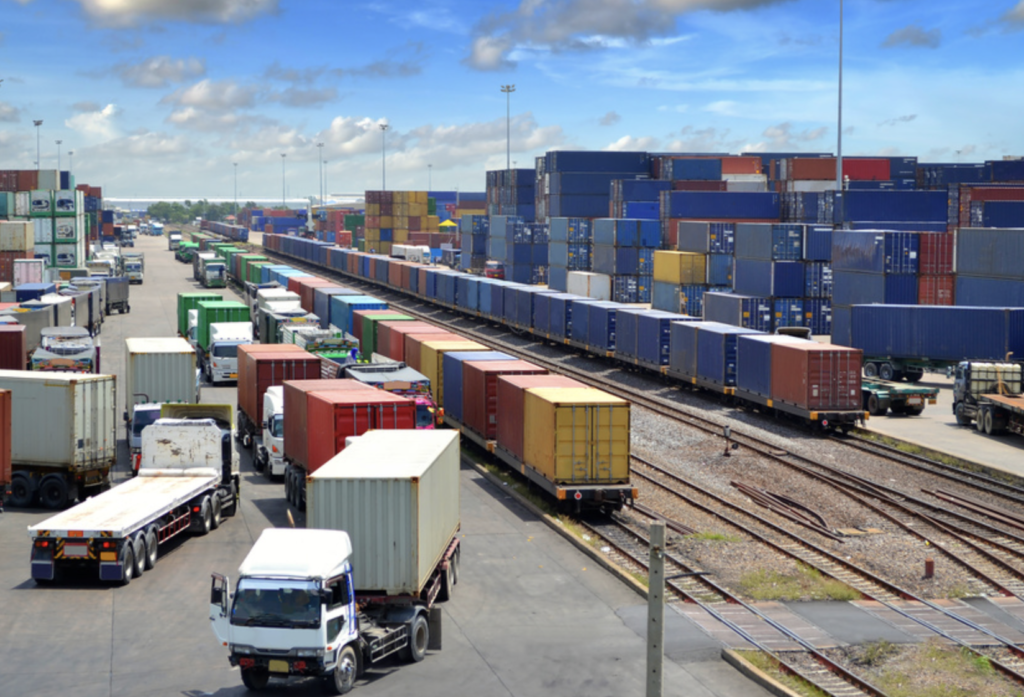
Intermodal rail is on a quicker development path as the economy increases, imports flow into the United States and truck rates increase. However, there may be some gleams of economic hope on the perspective which needs to emerge before one can point to the concrete and concise growth. That’s specifically true when it comes to considering the current state of cargo railroad volumes.
According to latest records dispensed by the Association of American Railroads (AAR), U.S. carload volumes increases up to 6.8%, that is, 358,904 carloads, through the first five months of this year, with the weekly carload average for last month which is up to 8.4% that is, the highest average per month when going back to the previous months’ record. This, certainly, is a welcome change from the 10.3% decline for the same period a year ago.
On the rail intermodal side, 2017 container and trailer volumes through the month of May rises up to 2.3%, marking the highest year-to-date record through the month May for intermodal topping 2017. Furthermore, volumes from January-November 2017 mark the highest volume yield for that period in the U.S. history, according to the AAR data.
Like a year ago, taking a close look at the year-to-date volumes for carload and intermodal shows that intermodal units are outgaining rail carload volumes, something that didn’t happen in the past years, but is happening with more regularity these days.
Nevertheless, that doesn’t mean that intermodal is running roughshod over carloads. Instead, it speaks to a decent volume environment for both sectors. Keep in mind that carloads are being strengthened by a recuperate in coal volumes due to natural gas prices rising and higher coal export levels, even though the AAR detects that coal volumes still remain low when corresponded against ancient standards.
“The volumes of the intermodal at this point of the year are beyond just pretty good,” says Tony Hatch, president of New York-based ABH Consulting. “For each month, they’re getting better and they will start to rise up due to a reasonably healthy economy and a reasonably healthy rail economy. Coal has not bounced back but it has become stable when being compared to others.
Intermodal volumes keep on in a decent spot, that is, the volumes are stable, attached with many industry investors improving international intermodal prospects that could result in growth in the 5% range. Domestic intermodal has been persisting along even when it continues to run up against loose trucking size.
As volumes increase, so does the intermodal pricing. “Pricing motion finally appears to be accelerating,” Cass Information Systems said on Tuesday. The Cass Intermodal Pricing Index, rose 4 percent in September, the highest 12th successive monthly rise for the catalogue, which includes base rates and fuel surcharges. Higher fuel costs also helped improve the index.
This is revealed in the railroads running faster, the longer trains in order to lower costs, and the results in longer waits between departures, a move that enhance the yard lodge many times. “These huge trains also tend to be normal, and the resulting average train speeds are significantly high from the previous year, but in line with the long-term average.